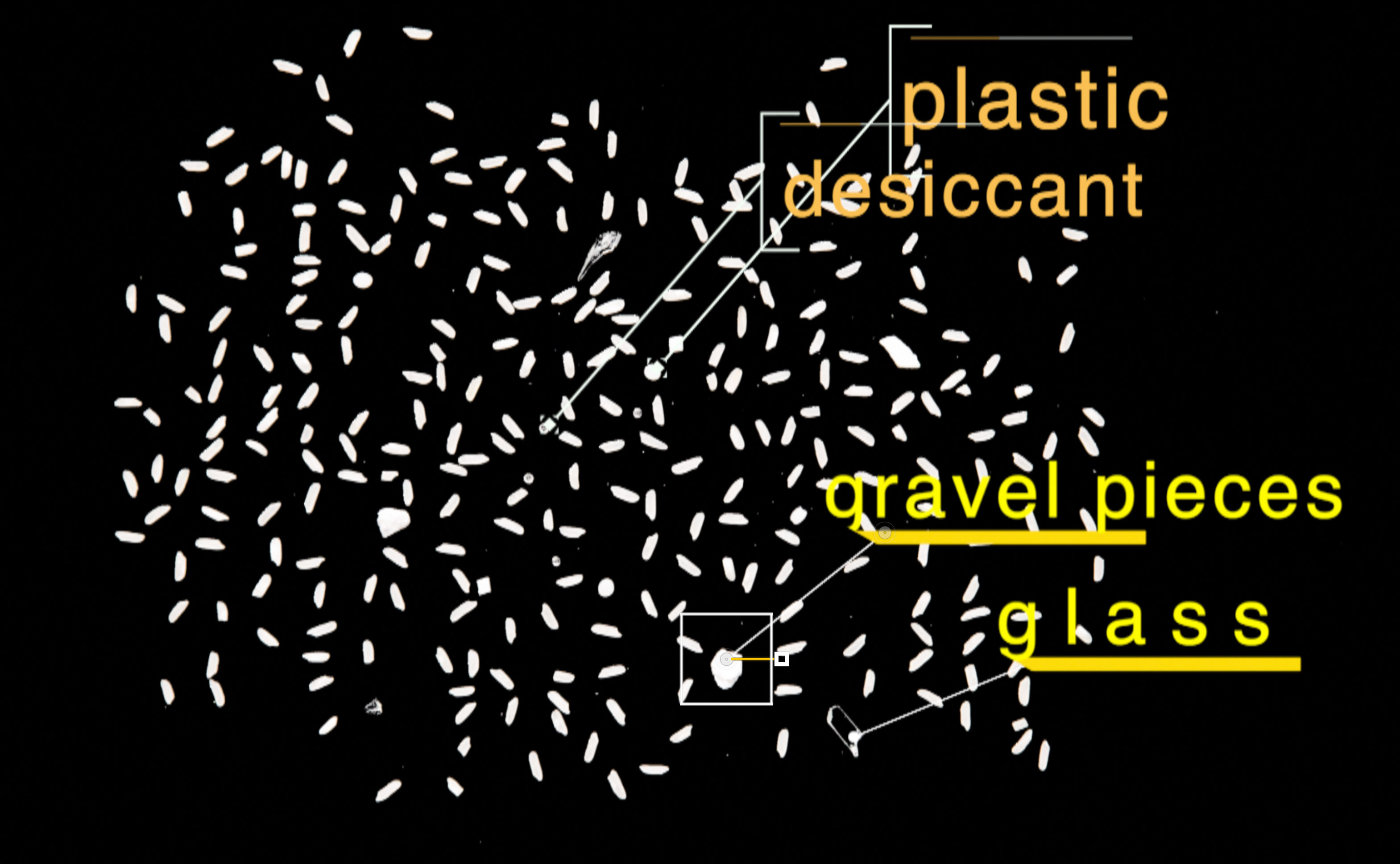With the rapid development of the plastic products industry, plastic products are inseparable from people's life and production, and a large number of plastic products are widely used. However, while the plastic products industry is booming, the production and use of plastic products on such a large scale will inevitably be accompanied by a large number of waste plastics.

Plastics are mainly produced from petroleum, which is a finite resource. Recyclable plastics end up in landfills or the environment and become a long-term source of pollution because they don't break down or break down very slowly. Therefore, it is necessary to recycle plastic waste in an environmentally friendly way, and at the same time recycling is also a profitable thing, recycling old plastics is only one if the material has previously been separated into homogeneous parts by color and type to meet high-quality standards Profitable adventure.

At present, the easiest way to separate and screen waste plastics is manual sorting, which is not only time-consuming and labor-intensive, but also inefficient. "If manual sorting is used, it is difficult to improve the efficiency, and the money we earn may not be enough to pay the workers' wages." Peter from the United States introduced.

Increasingly, however, companies are also using optical sorters for plastic screening, sorting plastic bottles and cups as well as plastic recyclables and "flakes" (plastic fragments that are produced during the PET bottle recycling process). The granulator shreds the bottles at the recycling plant. After this step, a sorting system separates the chips by color and removes contaminants. This produces uniform particles based on color and type that can be transformed into new high-quality products.

Most color sorters work on the principle of distinguishing good and bad materials by color. When the material passes through the machine, the high-definition camera equipped with the machine captures the color of the material, analyzes it, removes the bad material, and retains the good material. However, when the color of the bad material is the same as that of the good material, it will affect the color sorting accuracy of the color sorter. Let's take this picture as an example. This is the material picture taken by a conventional camera, in which we can see that the colors of plastic, desiccant, glass, crushed stone, and rice are very similar, and the shapes of these impurities are very similar, which increases the difficulty of color selection.
But this plastic color sorter from GroTech changed all that. This is a color sorter that can filter out impurities nearly 100%. Because it is equipped with a high-precision infrared camera, coupled with the software optimization of engineers, this color sorter can accurately identify debris. This machine is equipped with two cameras, one is a conventional visible light camera and the other is an infrared camera.
 this plastic Color Sorter is suitable for all kinds of plastics, recycled plastics can also be used to choose white, yellow, black, red, choose green, blue, and other colors of color selection. Can also apply to the PC, ABS, PA, PS, PET, PP, separation of particles or material, etc.
this plastic Color Sorter is suitable for all kinds of plastics, recycled plastics can also be used to choose white, yellow, black, red, choose green, blue, and other colors of color selection. Can also apply to the PC, ABS, PA, PS, PET, PP, separation of particles or material, etc.

"After using the infrared color sorter, our plastic color sorting basically reached 100%. I think the infrared color sorter is the best choice for plastic color sorting." After using the color sorter produced by GroTech, Peter said so.